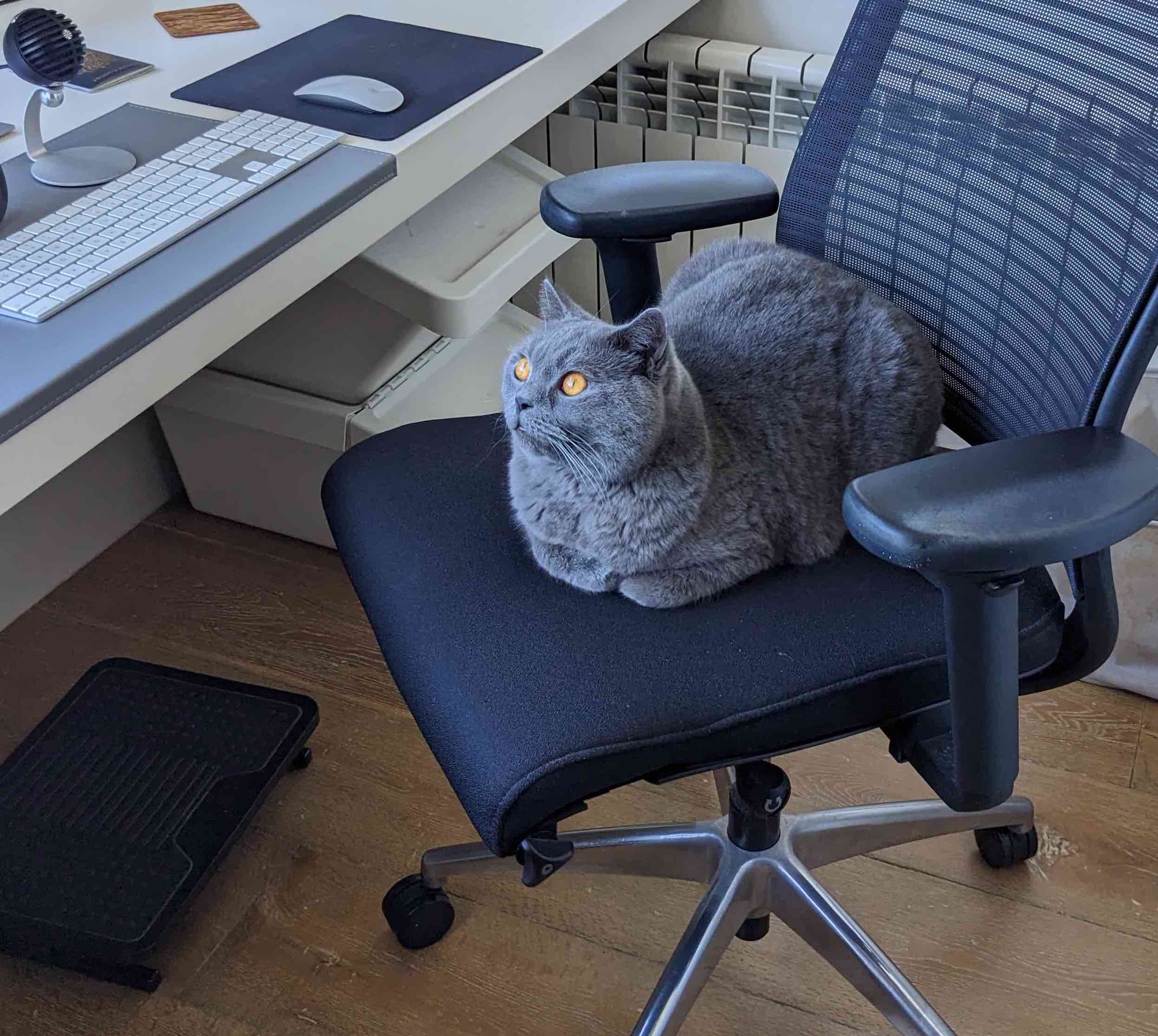This meeting could not have been an email
LinkedIn et al abounds with people entreating you to have fewer meetings. You’ve probably wished for fewer meetings yourself. And yet, the rate of meetings remains stubbornly high. People love to be tough on meetings, but in order to have lasting impact you need to look more closely at why people are ending up in so many meetings all the time.
The kind of magical thinking that meetings will go away if we all just try to avoid them or at least do them better is something I've heard repeated my entire professional career. But developers rarely want to have lots of meetings. A small but significant proportion of developers actively hate meetings. So, if you’re a manager telling a developer to stop having so many meetings, they have probably already tried to not have the meeting. Literally everyone - developers especially - would rather the developers just get on with coding, thank you very much.
The oft-repeated advice is to make your meetings more controlled: have an agenda, be disciplined with time-keeping, choose the attendees carefully. Others are more sweeping: cancel all recurring meetings, have a dedicated no-meeting day. All of these are designed to deal with environments where meetings are rife, but I’ve never seen these good intentions have a lasting impact.
So, here are my tips for avoiding meetings. None of them are as easy as “have an agenda” and some of them may seem counterintuitive, but a single well-timed high-quality meeting can save hours of meetings later down the line.

More than good intentions
Ensure everyone is aligned around a single, clear goal
So many meeting hours are spent trying to juggle people around multiple priorities, manage dependencies or even work out what the hell we’re all meant to be doing today in the first place. Have a meeting to agree and communicate a single, clear, purposeful goal and watch the downstream hours of meetings trying to cut through the confusion simply melt away.
Create spaces for teams and individuals to get to know each other
In the world of remote and hybrid work, the casual bonding over the walk to the local coffee place or a lunch together is much diminished. Chance for social chit-chat is important to build relationships which make ad-hoc collaboration easy and stress-free. Far from trying to make your meetings as lean and efficient as possible, deliberately building space and prompts for groups to bond can actually reduce the need for more meetings later on, as people become comfortable enough with one another to move to more on-demand communication and a level of shared understanding that makes async communication effective.
Recognise and value effective facilitation
In the short-sighted scramble to reduce meetings as much as possible, the skills and effort that goes into making a really good meeting are often under-appreciated, sometimes even vilified. The person who spends half a day preparing for a 2-hour meeting and then chairing or facilitating effectively can easily be seen as the cause of meetings. But a well-timed half-day workshop can avoid days worth of shorter reactive meetings as everyone tries to get to a shared understanding and work out what’s happening (not to mention the associated confusion, lack of engagement and demotivation). The hard truth is that in a performatively anti-meeting workplace, being the person who makes meetings good can end up not earning you any favours. Workplaces that genuinely appreciate efficiency recognise the value that high-quality facilitators add.
Build high-trust, psychologically safe environments.
Low-trust environments are fertile ground for meetings. In order to keep meeting audiences as small as possible, the following need to be true:
- The people not in the meeting trust the people in the meeting to make good-enough decisions. Note that "good enough" is doing a lot of work here - not every decision will be perfect, and everyone needs to be ok with that.
- The people not in the meeting do not feel like their position is threatened by not having a seat at that table. It's easy for recognition to be placed on the most visible people - i.e. the people who attend the most meetings and talk the most.
- The people in the meeting don’t feel like they need to have approval/sign-off from people not in the meeting. Small, autonomous teams who are fully empowered to own their code and ways of working usually find this easy
In the rare cases that your meeting problem is caused by a small number of individuals who like the sound of their own voice too much, then a psychologically safe environment is the best chance for that behaviour to be raised and tackled in a healthy way too.
Deal with underlying complexity.
How companies make decisions is a whole topic in itself. Having a meeting that comes to a clear conclusion and decision certainly relies on good facilitation and psychological safety as prerequisites. But it’s not sufficient. If you’re trying to make decisions in a high-complexity environment, there is more chance you need more people in the room, have a lower chance of coming to a clear conclusion, and a greater chance of having to revisit the decision at a later point. Addressing underlying complexity has many other advantages as well! Complexity isn’t always visible so if you spot these meeting symptoms you may want to dig deeper into what complexity is causing it.
Make space for collaboration.
Have you ever been in a meeting because that’s the only way you could ensure you got the input you needed from a particular individual? Or maybe you are that individual, always pulled into meetings because people needed you to contribute your knowledge or experience? Using meetings to “book” people’s time is a symptom of over-utilisation and lack of focus. Teams should be able to pull in anyone and everyone necessary into pairing or ensemble collaboration on an ad-hoc basis (which managers should not view as a meeting!) - if they can’t, then you may need to make deliberate space for these collaboration points until the root cause has been addressed.
Make space for reflection.
Being able to zoom out on what you’re doing is a form of context switching, so can be very disruptive for developers, but is also a way of ensuring that everyone is heading in the same direction and a chance to spot potential problems before they occur. Some people find it easier than others to zoom out to the bigger picture, but it’s a necessary part of effective teamwork. Some teams do manage to do this kind of reflection async; I’ve found that many teams need quite a lot of practice before this is possible. Making space for reflection and even guiding people through those reflections (e.g. through structured retros) is a valuable use of time and takes us right back to where we started - with people being aligned around a single, clear goal.
Resisting meetings
One of the things you may have spotted is that reducing the number of meetings may actually require you to have more meetings in the short term. Too many meetings may be an issue that needs to get worse before it gets better. If you’re in an environment which is already suffering meeting burn-out, getting out of this vicious cycle can be difficult - developers (and management!) may fiercely resist adding more meetings, and I’ve even experienced environments where developers just don’t turn up.
In those cases, resetting expectations is needed before progressing. Retros may be used to dig into “why did we need so many meetings?” - simply addressing “what meetings could we drop next week” is unlikely to break out of the cycle, and could even make it worse. Bringing remote and hybrid teams together for a week of co-located code-retreat type work can help reset behaviours and give the team the chance to have some of the conversations in a less formal way. And bringing in external facilitators can be a stunningly effective way to break people out of bad habits - as well as giving everyone the chance to learn a few facilitation tips first-hand.
At the end of the day, the real task is in tackling goal-setting, focus, trust, psychological safety, over-utilisation and underlying complexity. Your problem is not the meetings. Too many meetings is the symptom, not the disease.
 By
By


